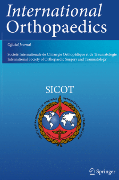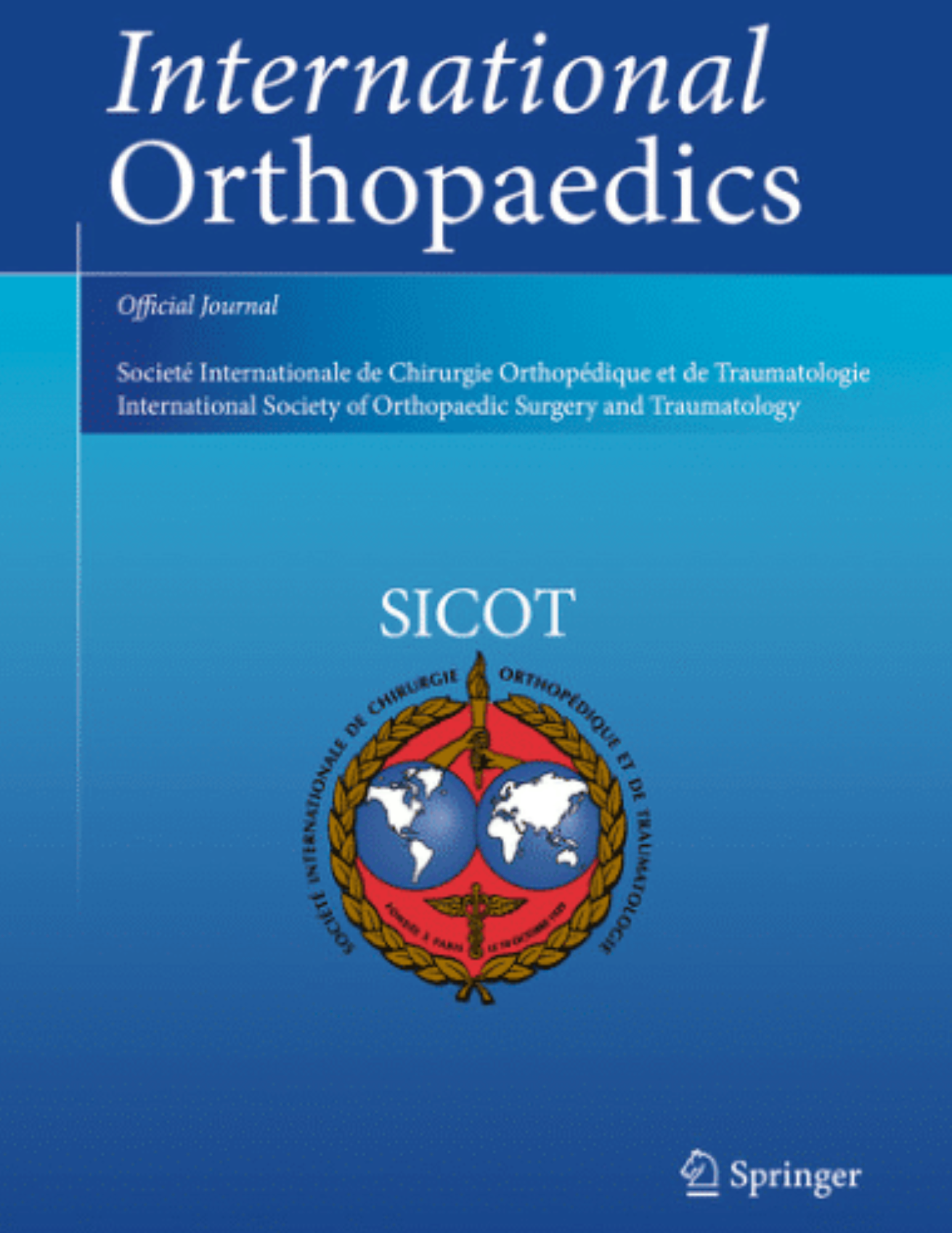
Operative care of clavicle fracture reduces complications, nonunion, and malunion .
Operative versus non-operative treatment for clavicle fracture: a meta-analysis
Int Orthop. 2013 Aug;37(8):1495-5005 randomized clinical trials and 3 controlled clinical trials (663 patients) were examined in this meta-analysis to determine if operative treatment provides better results than nonoperative treatment of clavicle fractures. The results from this meta-analysis suggest that operative care was associated with a reduced risk of non-union, malunion, and fewer neurological complications compared to nonoperative care. Statistical analysis of functional outcomes and long term adverse effects could not be completed due to incomplete reporting. However, qualitative assessment indicated that Constant Shoulder Scores and DASH scores were superior in the operative group.
Unlock the Full ACE Report
You have access to 4 more FREE articles this month.
Click below to unlock and view this ACE Reports
Unlock Now
Critical appraisals of the latest, high-impact randomized controlled trials and systematic reviews in orthopaedics
Access to OrthoEvidence podcast content, including collaborations with the Journal of Bone and Joint Surgery, interviews with internationally recognized surgeons, and roundtable discussions on orthopaedic news and topics
Subscription to The Pulse, a twice-weekly evidence-based newsletter designed to help you make better clinical decisions
Exclusive access to original content articles, including in-house systematic reviews, and articles on health research methods and hot orthopaedic topics
































































